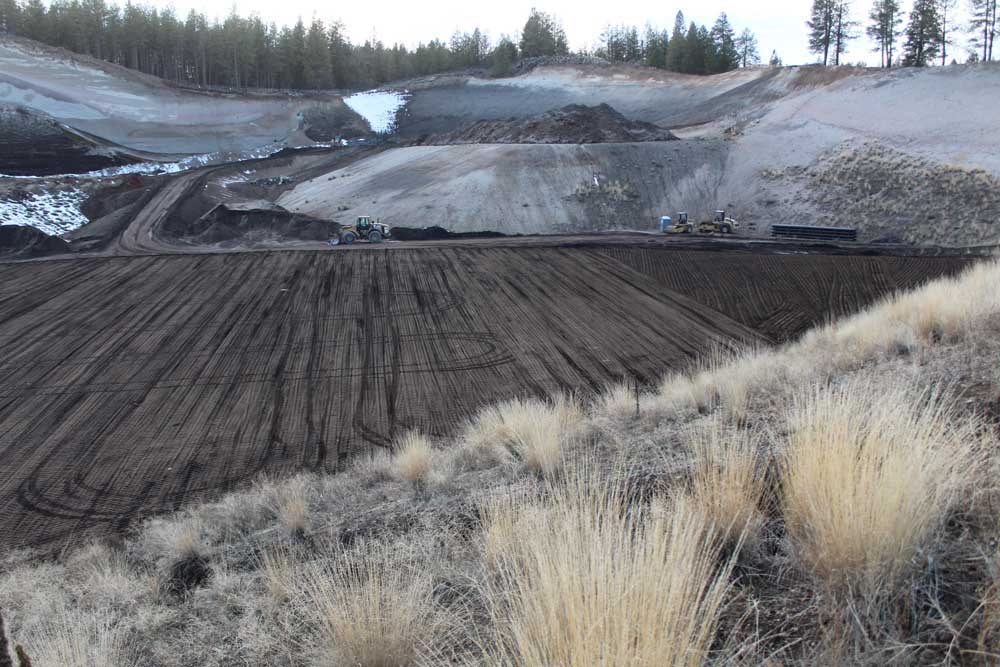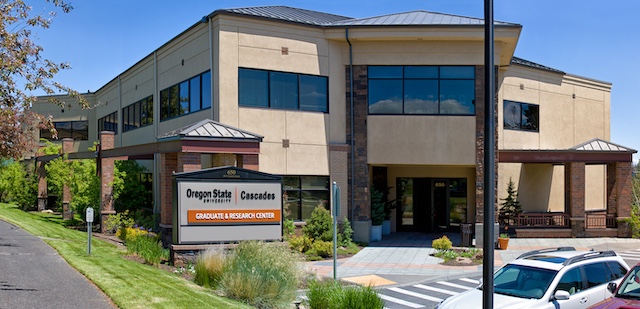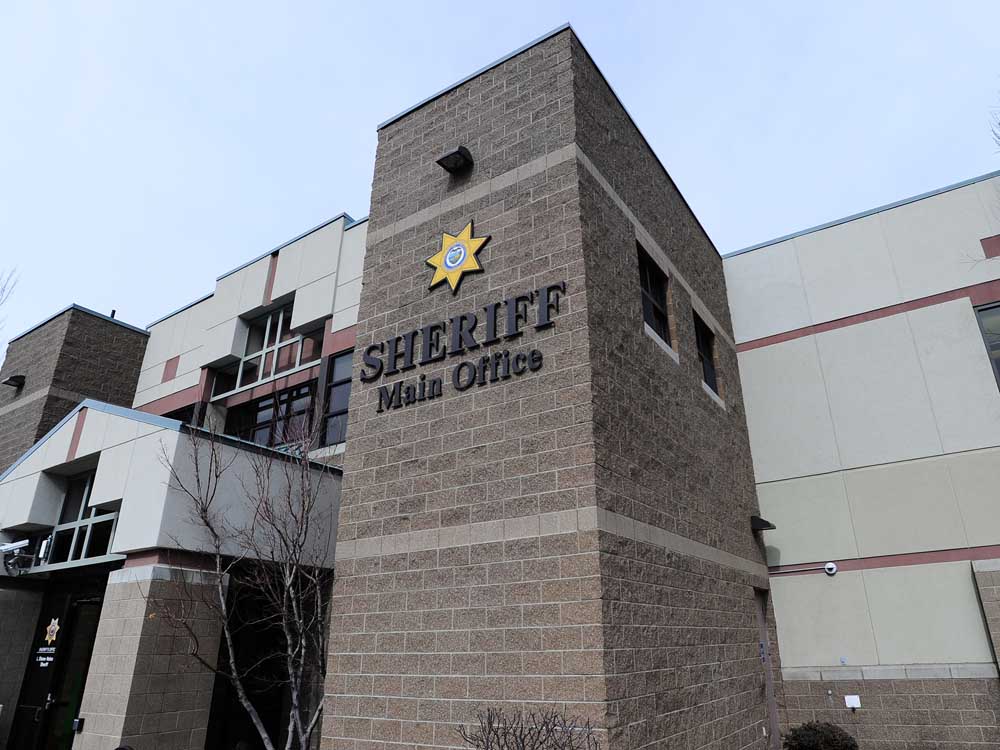Guest Column: Join us in encouraging the Legislature to ‘Dig Now’ for OSU-Cascades
Published 9:00 pm Friday, February 9, 2024

- OSU-Cascades has been working to gradually fill in this pumice mine with dirt reclaimed and cleaned from a landfill on its property to create more usable area for the campus.
On February 15, a group of community members, OSU-Cascades’ students and staff will be traveling to Salem. They will be advocating for $24 million to “dig now,” expediting the land remediation by reclaiming the former demolition landfill and expanding OSU-Cascades’ buildable footprint.
This ask is a valuable investment in Oregon’s future. Deschutes County is the fastest growing county in the state, with the rest of the region also experiencing unprecedented growth.
Trending
OSU-Cascades has awarded more than 5,000 degrees since opening, providing skilled workers to the region’s growing industries, including tourism, bioscience, high tech, outdoor products, physical therapy and education.
Currently, 28 physical therapy students are performing full-time clinical rotations throughout the state, often in rural areas. Upon completion of the Doctor of Physical Therapy degree, each student will have 1,285 clinical hours, improving the lives and health of Oregonians.
Before the construction of OSU-Cascades, Central Oregon was classified as an education desert. This indicates opportunities for a higher education degree were not available within a 50-mile radius.
Many of these graduates may never have had the opportunity for higher education without OSU-Cascades. OSU-Cascades has worked creatively to reduce the cost of education through partnering with COCC, providing a robust dual-enrollment program. The development of higher education opportunities in Central Oregon has provided an avenue for non-traditional students — who are working and have families — to obtain a degree, and subsequently increase their lifetime earnings by 65%, compared to those with a high school diploma.
OSU-Cascades is changing the face of Central Oregon. Of our 5,000 graduates, 92% were from Oregon, 77% from Central Oregon. Historically about one-third to nearly half of our students have been Pell Grant eligible, indicating a substantial financial need. In addition, about 30% of the students are the first in their family to obtain a college degree. What better way to address many of the issues and challenges facing our area than to better individuals’ opportunity through education?
Our community, region and students of OSU-Cascades have made substantial contributions to the development and construction of the campus. The student body, through assessing themselves additional fees, contributed $5 million to the Student Success Center, a building that is currently under construction. Students are now contributing an additional $15 million in fees towards the future Student Health and Recreation Center.
Trending
To date, nearly $19 million has been contributed toward the development of OSU-Cascades, predominately by the Central Oregon community. Prior to the acquisition of land and construction of the first buildings, individuals and businesses contributed $4 million in just over a month, demonstrating to the state Legislature the level of community support for higher education.
Continuing the expansion of the campus will facilitate remediation of a pumice mine as well as the reclamation of the former demolition landfill. The $24 million requested will be combined with previous funds obtained from the EPA and OSU. OSU-Cascades’ long-range development plans earned an award for innovation design from the national Society for College and University Planning, recognizing the restoration of land that was previously unusable.
Future plans for the land, include the construction of additional student housing, the Student Health and Recreation Center, a resource available on every other campus in Oregon, as well as the development of the Innovation District, a collaborative public/private endeavor allowing businesses to partner with students and faculty.
Completing the reclamation and remediation of the land will create a contiguous 81 acres of land ready to address Central Oregon’s economic and education needs. It is economically and logistically prudent to complete this process at one time, saving more than $1 million upfront in addition to avoiding future escalating costs. Join us in encouraging the Legislature to “Dig Now” for OSU-Cascades.
Do you have a point you’d like to make or an issue you feel strongly about? Submit a letter to the editor or a guest column.








